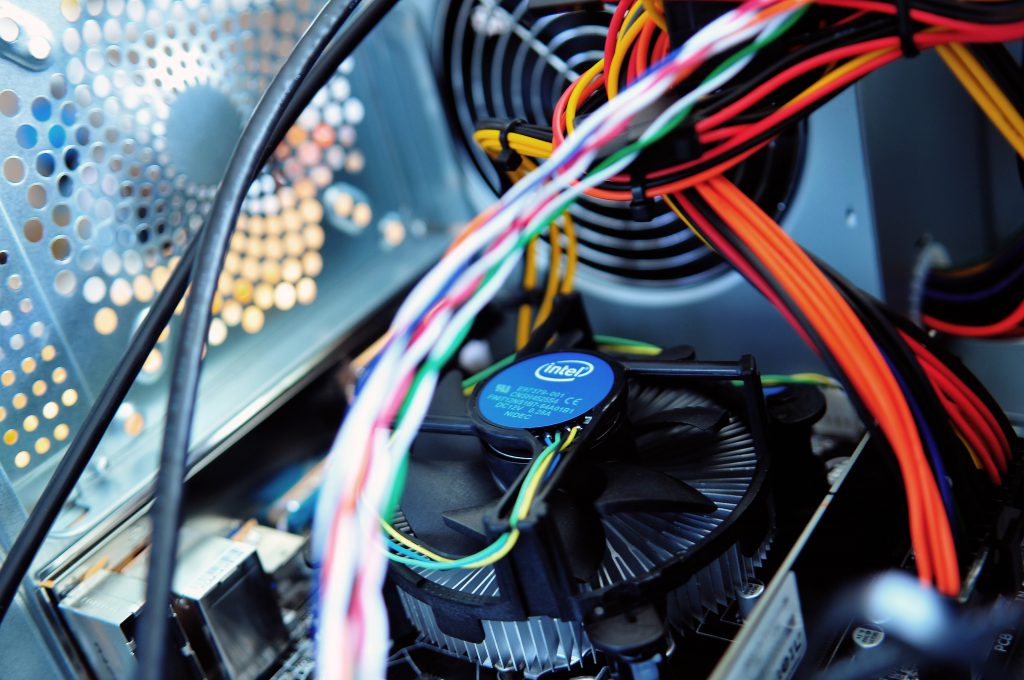If you want a machine that is custom made to your specifications then you need to learn how to build your own computer. It is not the simplest task and can appear daunting the first time around. In fact, for most people, the easiest thing is to walk straight into a computer shop and pick the one they feel will serve them best.
For others, however, a custom-made computer is ideal. Let’s take a look at some useful tips to help you build a good performing, quality computer.
- Understand your needs
This is the first thing you will need to consider before trying to build your own computer. If you want a gaming computer, you will need a powerful machine as opposed to a computer that you’ll use for just browsing the internet.
- Come up with a budget
You might want the best parts for your computer but ultimately you will need to work within your means. Otherwise, you might find yourself out of cash before you have a chance to complete building the computer.
- Understand the components
The different components will come together to build the machine. It’s important to know exactly what parts you need such as the RAM, motherboard, cooling system, graphics card, hard drive, processor, power supply and the case.
- Purchasing components
After you’ve made a list of all the components you need, the next step is to acquire them. One of the fastest ways is through online shopping on sites such as Amazon or eBay.
Note that you need to do proper research in order to get the best quality of equipment for your computer. Reading customer reviews will also give you an idea on the performance of the different parts.
- Getting the right processor
At the center of your computer’s performance is the processor. Its performance is determined by its speed in gigahertz. It is also likely to be the most expensive computer part that you have.
- Buy a good-sized motherboard
The motherboard should be the right size for your processor. Often it will come with a list of the supported processors.
- RAM cards
You need a sufficient amount of RAM to store the data from the programs that are running. Note that the RAM size will also depend on your Processor. You can’t obviously utilize a 16GB RAM on a processor that can only support 8GB.
- The Hard drive
This is probably the simplest task as almost all processors and motherboards are compatible with almost any hard drive.
Pay special attention to whether the hard drive will fit the case.
- Buy a graphics card
If you are a gamer or plan to edit videos then you definitely need to get a graphics card. However, it is not a huge requirement when the computer is meant for daily tasks.
- Get the right power supply
The right power supply should provide enough power to all the various components. The more powerful your computer, the more powerful the power supply should be.
- Buying a case
This will hold all of the various components. Make sure you get the right size case.
After you’ve gotten all the necessary components, the next step is to put them all together.

 by Carl Bunton 7 years ago
by Carl Bunton 7 years ago 